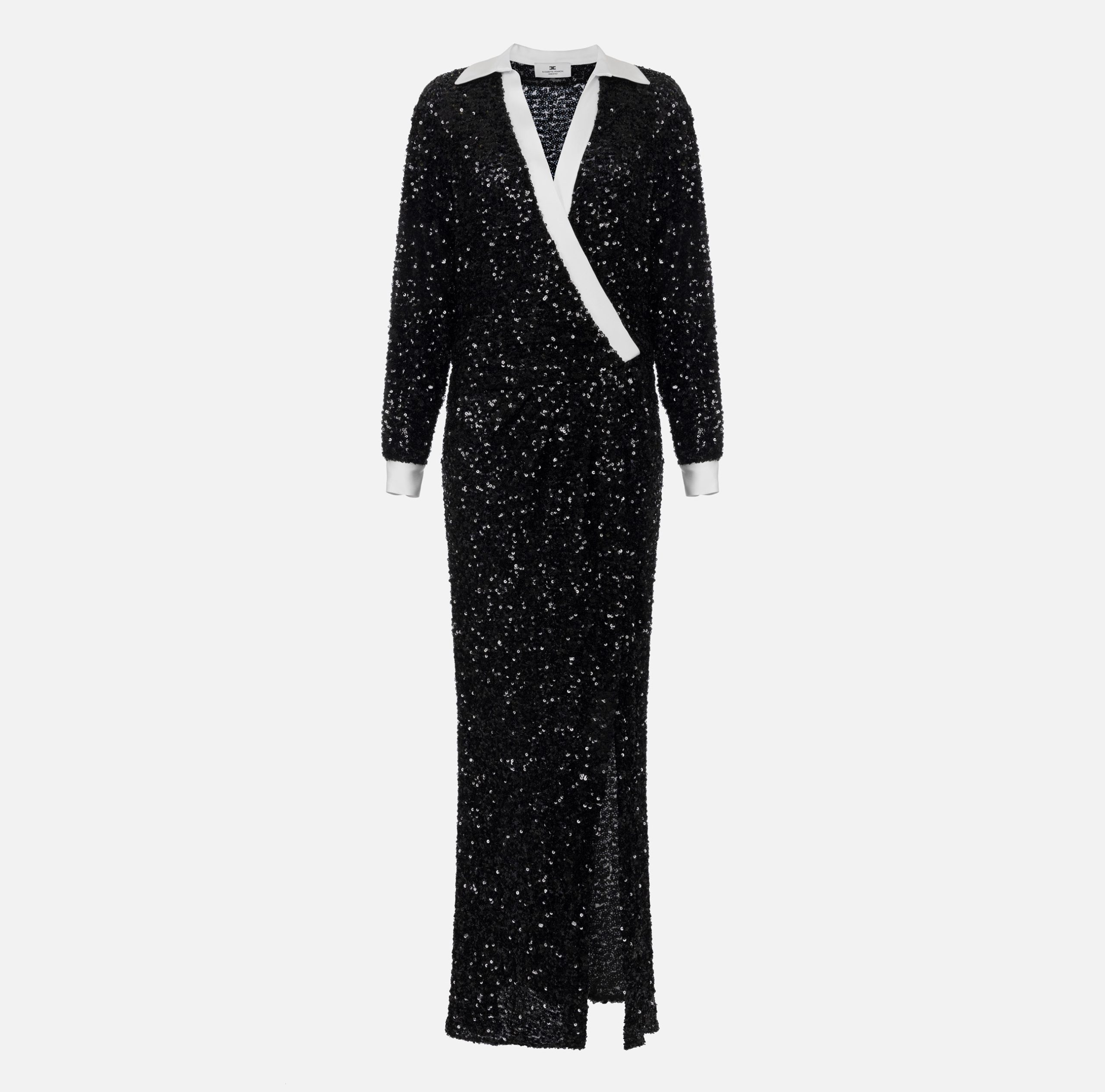In recent years, synthetic diamonds have become a popular alternative to natural diamonds in the world of fine jewelry. Created in laboratories using advanced technologies, synthetic diamonds are chemically, physically, and optically identical to natural diamonds. The growing interest in these diamonds can be attributed to their affordability, ethical sourcing, and environmental benefits. This article explores everything you need to know about synthetic diamond jewelry, including its benefits, production methods, and why it is becoming a go-to choice for consumers.
What Are Synthetic Diamonds?
Synthetic diamonds, also known as lab-grown or man-made diamonds, are diamonds that are produced in laboratories under controlled conditions. While they share the same chemical composition as natural diamonds—consisting of pure carbon—synthetic diamonds are made in a fraction of the time it takes for natural diamonds to form.
The two primary methods used to create synthetic diamonds are:
-
High Pressure High Temperature (HPHT): This process mimics the intense heat and pressure conditions found deep within the Earth’s mantle. Carbon is subjected to extreme pressure and temperature to form a diamond.
-
Chemical Vapor Deposition (CVD): In this method, a gas mixture, often containing methane, is heated in a vacuum chamber. The carbon atoms from the gas are then deposited onto a substrate, where they crystallize into diamond structures.
Both of these methods produce diamonds that are virtually indistinguishable from natural diamonds, offering the same clarity, brilliance, and hardness. In fact, the only way to distinguish between the two is through specialized testing done by professionals using advanced gemological tools.
Why Choose Synthetic Diamond Jewelry?
The rise in popularity of synthetic diamonds has been driven by several factors that make them an attractive option for consumers. Below are some of the key reasons why many people are choosing synthetic diamonds for their jewelry.
1. Affordability
One of the most significant advantages of synthetic diamonds is their cost-effectiveness. On average, synthetic diamonds are priced 20-40% less than natural diamonds. The price difference is primarily due to the fact that synthetic diamonds are created in a controlled laboratory setting, which eliminates the need for the expensive and labor-intensive mining process. As a result, consumers can purchase larger or higher-quality diamonds for the same budget they might spend on a smaller, lower-quality natural diamond. This affordability has made synthetic diamonds particularly popular for engagement rings, wedding bands, and other fine jewelry.
2. Ethical Sourcing
Ethical considerations are another major reason why consumers are turning to synthetic diamonds. Traditional diamond mining has been associated with a number of ethical issues, including human rights violations, child labor, and environmental degradation. In some cases, diamonds have been used to fund conflicts in war-torn regions, earning the term “blood diamonds.”
In contrast, synthetic diamonds are created in a laboratory environment where the production process is highly regulated, ensuring ethical labor practices and transparency. Consumers can rest assured that their synthetic diamond jewelry has been made without contributing to unethical mining practices or environmental harm.
3. Environmental Benefits
The environmental impact of diamond mining is a growing concern, particularly with the destruction of ecosystems and large-scale land excavation associated with traditional mining. Mining operations require significant amounts of water, fuel, and land, which can result in habitat destruction, soil erosion, and pollution of water sources. Additionally, diamond mining can have a high carbon footprint.
Synthetic diamonds, on the other hand, have a much smaller environmental impact. Producing diamonds in a lab requires significantly less land disturbance and fewer resources. While the production process does require energy, many companies are working to reduce their carbon footprint by using renewable energy sources like wind and solar power. This makes synthetic diamonds a more environmentally friendly option, aligning with the values of consumers who are conscious about sustainability.
4. Identical to Natural Diamonds in Quality
Synthetic diamonds are virtually indistinguishable from natural diamonds. They possess the same brilliance, fire, and hardness that make diamonds so desirable. Whether you’re looking for an engagement ring, a pendant, or a pair of earrings, synthetic diamonds offer the same aesthetic qualities as natural diamonds, without the premium price tag. Both types of diamonds score a perfect 10 on the Mohs scale of hardness, making them equally durable and suitable for everyday wear.
Moreover, synthetic diamonds are available in a wide range of colors, cuts, and sizes, offering more options for customization and personalization. Whether you prefer a classic round brilliant or a unique fancy shape, synthetic diamonds provide flexibility in design, making them a perfect choice for anyone seeking a customized jewelry piece.
5. Transparency and Traceability
When you buy a synthetic diamond, you can be sure that it has been produced under controlled conditions and that the sourcing process is transparent. Many synthetic diamond producers are committed to providing full traceability of their diamonds, allowing you to track their origin and production journey. This level of transparency is often not possible with natural diamonds, especially those from regions where the mining process is less regulated.
Synthetic diamond manufacturers often provide certification from reputable gemological labs, such as the Gemological Institute of America (GIA) or the International Gemological Institute (IGI), ensuring the authenticity and quality of the diamonds.
How to Identify Synthetic Diamond Jewelry
While synthetic diamonds are chemically identical to natural diamonds, they can be distinguished through advanced gemological techniques. Professional gemologists use tools such as spectroscopy, ultraviolet light, and fluorescence analysis to identify synthetic diamonds. However, for most consumers, distinguishing between natural and synthetic diamonds is virtually impossible without specialized equipment.
If you’re purchasing synthetic diamond jewelry, ensure that it comes with proper certification from a reputable gemological lab. These certificates will provide essential details about the diamond’s quality, including the 4 Cs—cut, color, clarity, and carat weight—and confirm that the diamond is lab-grown.
Is Synthetic Diamond Jewelry the Future?
As the technology behind synthetic diamond production improves, the market for lab-grown diamonds is expected to continue to grow. More consumers are opting for synthetic diamonds because they offer high quality at a lower cost, are ethically sourced, and have a smaller environmental footprint. Additionally, synthetic diamonds are becoming more widely accepted in luxury jewelry, including high-end engagement rings and designer collections.
The demand for synthetic diamonds is likely to increase as consumers become more educated about the benefits of lab-grown diamonds. Furthermore, as more companies adopt sustainable practices and renewable energy sources, the environmental impact of producing synthetic diamonds will continue to decrease, making them an even more appealing choice for eco-conscious buyers.
Conclusion
Synthetic diamond jewelry represents a new era in the diamond industry, combining luxury, affordability, and sustainability. Whether you’re looking for an engagement ring, a gift, or simply a beautiful piece of jewelry, synthetic diamonds offer a high-quality, ethical, and environmentally friendly option. With their growing popularity, it’s clear that synthetic diamonds are not just a passing trend—they are a lasting part of the jewelry landscape. By choosing synthetic diamonds, you can enjoy all the beauty and brilliance of natural diamonds while making a positive impact on the planet and supporting ethical practices in the jewelry industry.
If you’re considering synthetic diamonds for your next piece of jewelry, you can shop with confidence, knowing that you’re choosing an option that aligns with your values, your budget, and your style.
Related Posts

How To Remove Dog Odor From Car Carpet?
Effective Tips For Removing Dog Odors From Your CarIf you’re…

“Abiti da cerimonia per donne cinquantenni: Timeless Styles for Every Occasion”
Choosing the perfect attire for formal occasions can be both…

Will the sparkle of India’s lab-grown diamonds last forever?
The diamond industry in India is undergoing a transformation. With…

